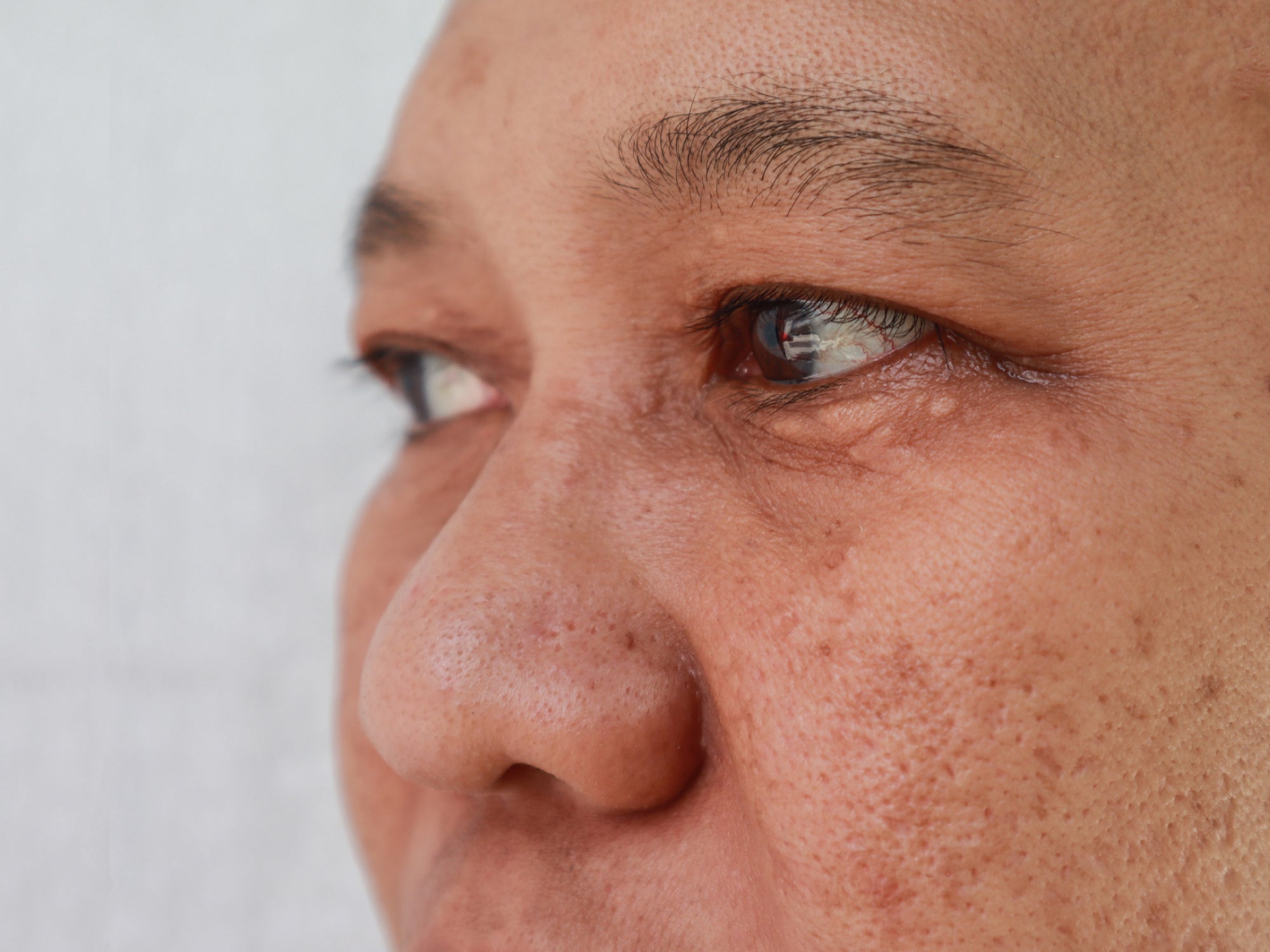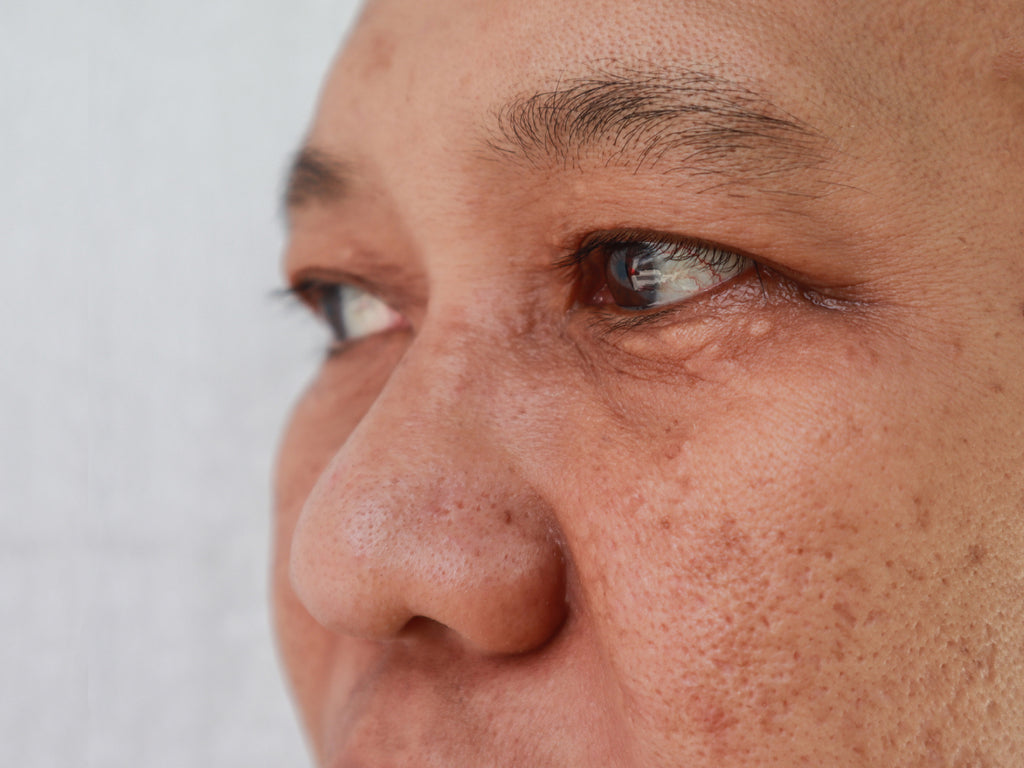Post-inflammatory hyperpigmentation is the tongue-twister of a name given to the discolouration left after the skin has suffered from inflammation. It is also known as PIH or acquired melanosis.
The inflammation that results in PIH can be caused by various things, but it’s usually the result of inflammatory skin conditions like acne, eczema, psoriasis, or trauma to the skin, whether from a burn, injury, surgery or cosmetic procedures.
The inflammatory substances trigger an overproduction of melatonin, leading to pigment becoming trapped in the deeper layers of the skin.
Post-inflammatory hyperpigmentation can occur anywhere on the body, whether on arms, legs, trunk face, or in the creases and folds of elbows, legs and neck.
PIH manifests differently on different skin colours and types, and is particularly evident on skin of colour, on which it tends to be more intense, and to take longer to fade.
For more information on post-inflammatory hyperpigmentation, see our next blog What Does Post-Inflammatory Hyperpigmentation Look Like? or read Alaa Hassan’s personal experience of PIH in her article Post-Inflammatory Hyperpigmentation, Eczema & Me
Recommended products:
Balmonds Skin Salvation balm to hydrate skin during an inflammatory episode
Balmonds Daily Moisturising Cream for daily maintenance of dry or sensitive skin
Balmonds Rosehip Scar Oil for long-term application to improve the appearance of uneven or hyperpigmented skin tone

